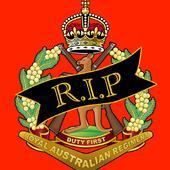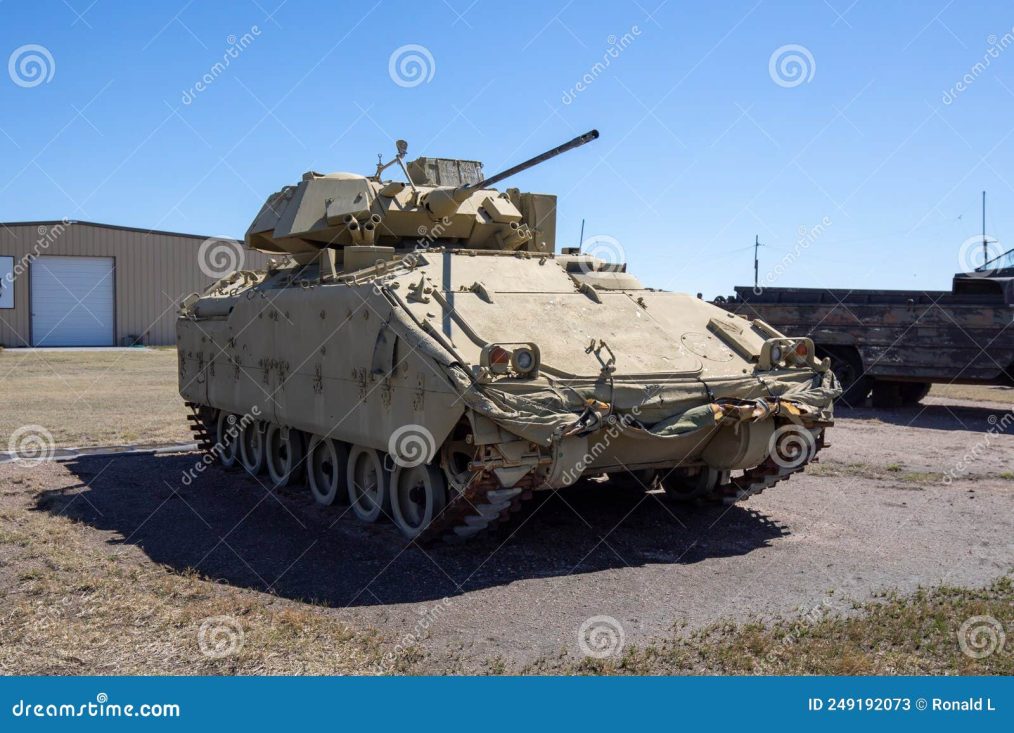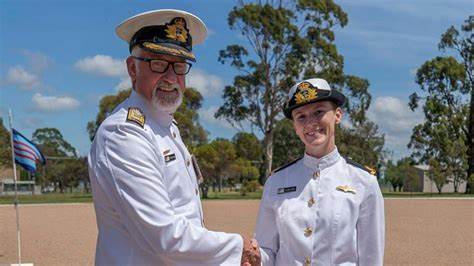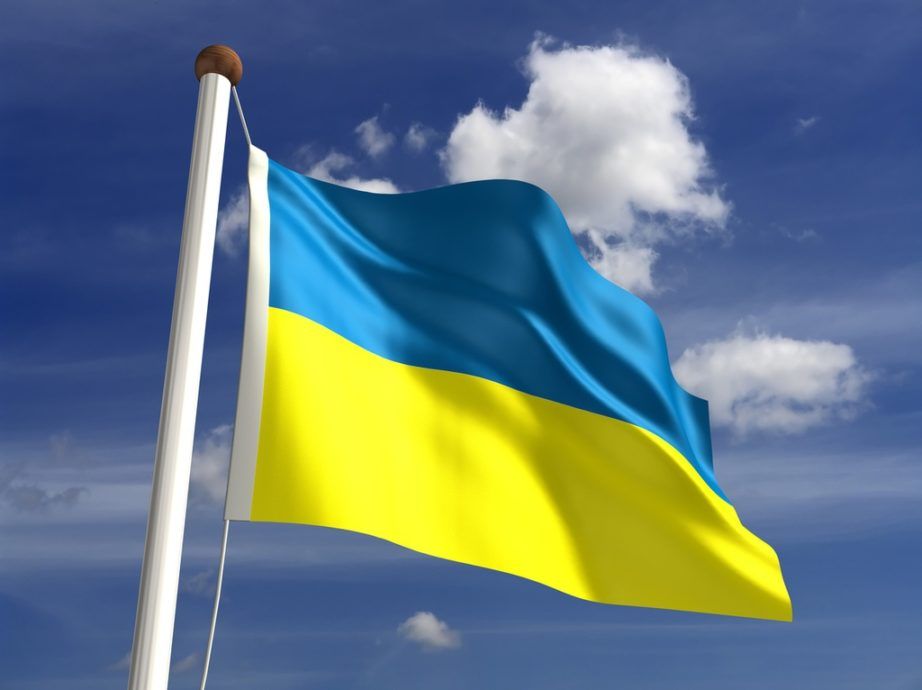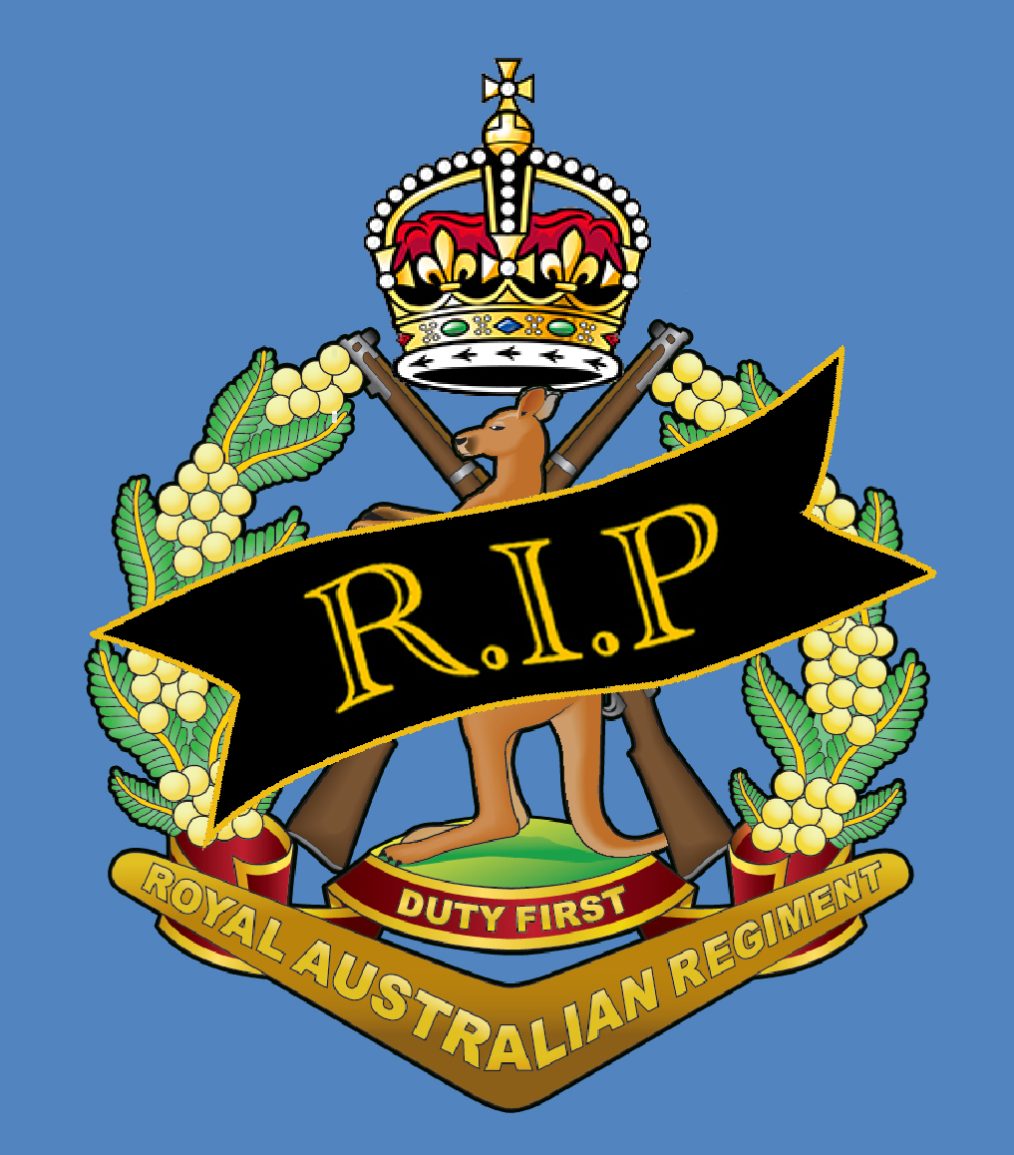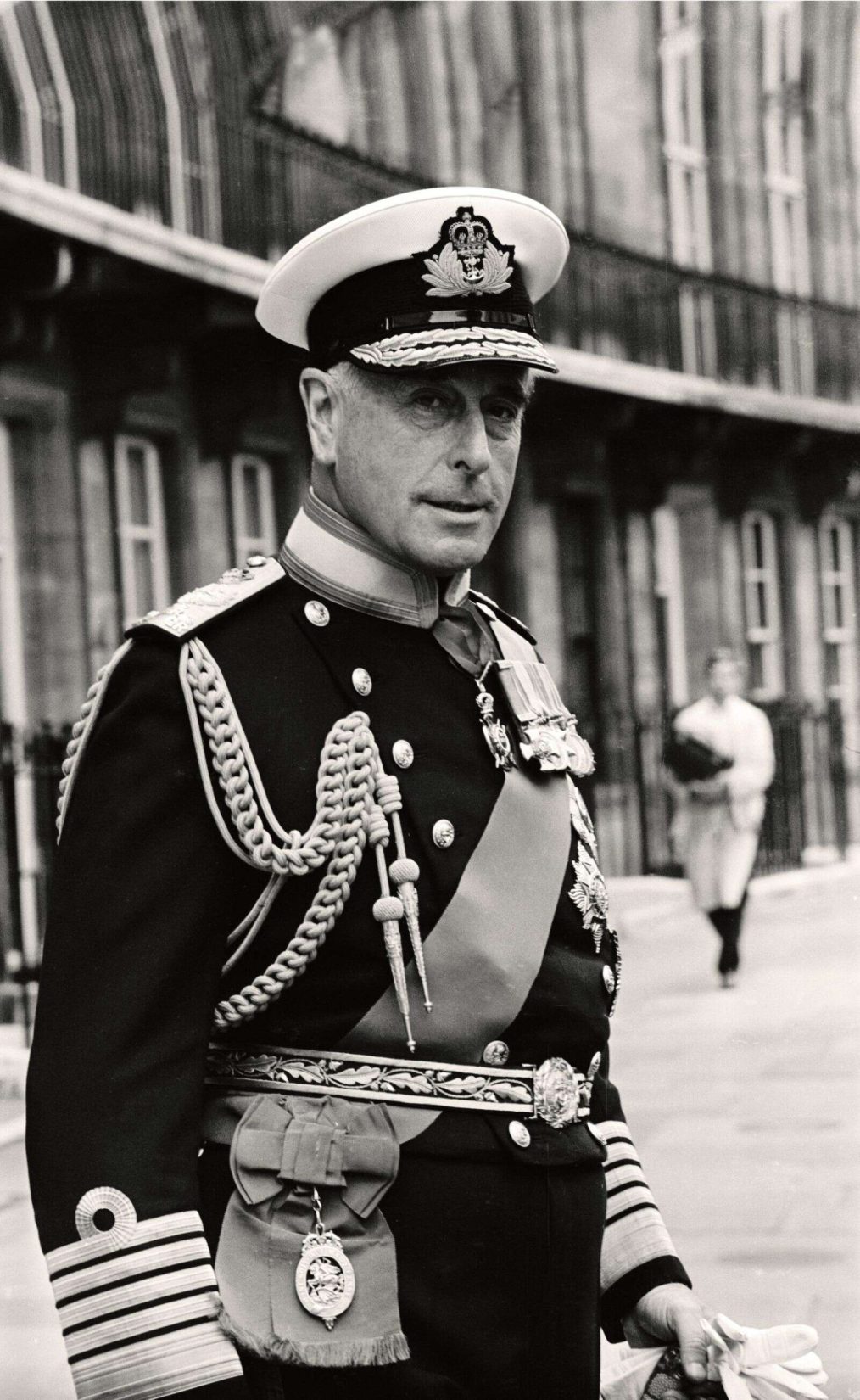By Ray Payne OAM – Frontline
Australia Day has become a deeply debated topic, but understanding its true purpose, value, and place in the nation’s identity requires recognising both its historical origins and its evolving meaning in contemporary society. The day, celebrated on January 26, marks the arrival of the First Fleet at Port Jackson in 1788, led by Captain Arthur Phillip. The day originally symbolised the establishment of British sovereignty over the land, which laid the foundations for the modern nation of Australia.
However, in modern times, Australia Day has evolved into a celebration of the nation’s achievements, values, and diverse people. It is a day to reflect on the nation’s history, both the highs and lows, and to recognise the multicultural fabric of Australian society, as well as the freedoms, opportunities, and quality of life Australians enjoy today.
Australia Day is more than just a public holiday; it serves several important purposes. It provides a moment for national pride and unity, offering Australians a chance to reflect on what it means to be Australian, from early settlers to modern immigrants and Indigenous communities. It celebrates the values of freedom, democracy, and equality, recognises Australia’s rich history of migration and multiculturalism, and acknowledges the sacrifices made by past generations to build a prosperous nation.
Beyond its symbolic significance, Australia Day has economic and social value. The day boosts the economy through celebrations, events, and tourism. Local councils, businesses, and community groups host public events that bring people together, fostering social cohesion and promoting a sense of belonging.
Patriotism is essential to maintaining a strong national identity and shared purpose. Countries like the United States and France celebrate their national days with pride, enthusiasm, and unity, reinforcing their citizens’ sense of belonging and national loyalty. Australia, too, needs to embrace patriotism without apology. Patriotism unites a nation, reminding Australians that, despite differences in background or beliefs, they share a common identity and future. It instils pride in the nation’s achievements and ensures Australians defend their core values, such as freedom of speech, democracy, and the rule of law. A strong patriotic culture on Australia Day sends a message that Australians are proud of their history and confident in their future.
The truth of Australia’s history is complex and cannot be ignored. The arrival of the First Fleet in 1788 marked the beginning of colonisation, which had devastating impacts on Indigenous Australians. However, erasing or undermining Australia Day does not change history. Instead, the day should be an opportunity to reflect on the entire history of the nation, both good and bad, and commit to a shared future of reconciliation and unity.
The historical facts surrounding Australia’s development must be acknowledged on Australia Day. This includes recognising the achievements of Indigenous Australians, who have lived on the continent for over 65,000 years; the sacrifices of convicts, settlers, and pioneers who built the modern nation; the contributions of migrants who have made Australia one of the world’s most multicultural societies; and the military sacrifices of Australians who fought to defend the nation’s freedoms. By acknowledging all aspects of history, Australia Day can become a genuine celebration of unity, resilience, and progress.
Political leaders must recognize the importance of Australia Day and offer it total support as a national celebration. The day represents the establishment of the modern Australian state and serves as a symbol of sovereignty and national identity. Attempts to abolish or change the date risk dividing the nation. Political leaders must promote inclusive celebrations that acknowledge Australia’s past while focusing on the future. Supporting Australia Day prevents divisiveness, promotes social cohesion, and ensures the day remains a positive celebration of unity.
Political leaders have a responsibility to defend Australia Day as a unifying event. Without strong political support, the day risks becoming a political battleground rather than a national celebration. Leaders must ensure all Australians feel included in the celebrations and reject efforts to cancel or alter the date in ways that alienate the majority of Australians.
While total political support is essential, so too is the need to make Australia Day more inclusive for all Australians. This can be achieved through education about the true history of Australia, including the stories of both Indigenous Australians and settlers. The focus should be on unity and shared values, highlighting the progress Australia has made as a nation and celebrating the future.
Australia Day should not be seen as a day of division or guilt. It should be a day of national pride, unity, and reflection, a time to acknowledge history, celebrate achievements, and look to the future with optimism. The truth about Australia Day is that it represents the birth of modern Australia, the resilience and achievements of its people, and a commitment to reconciliation and unity.
Political leaders, communities, and individuals alike must embrace the day as an opportunity to strengthen the nation and ensure Australia’s legacy endures for generations to come. As a proud Aussie tradition, Australia Day must be celebrated with vigour, respect, and patriotism, for it reminds us of where we’ve been, who we are, and where we’re going.

